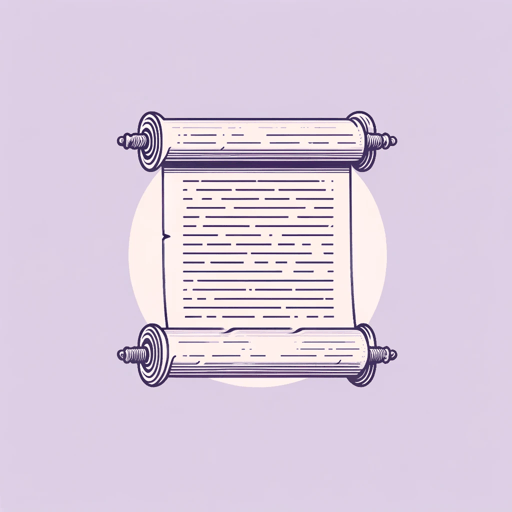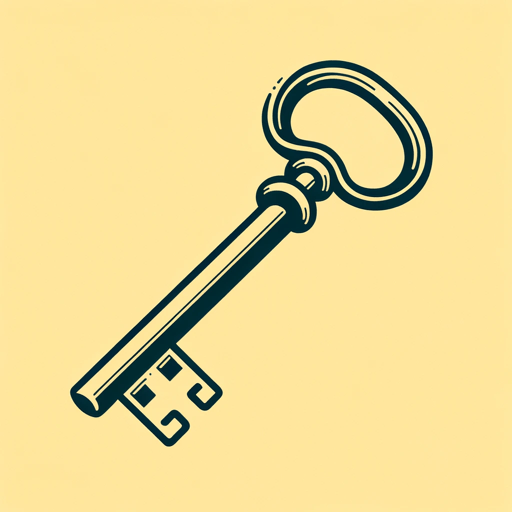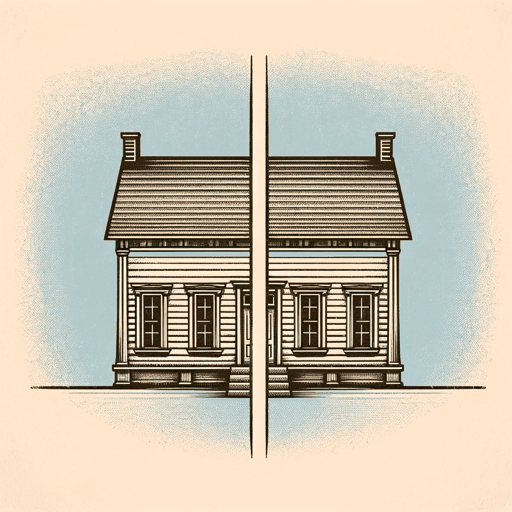19 pages • 38 minutes read
Abraham LincolnGettysburg Address
Nonfiction | Essay / Speech | Adult | Published in 1863A modern alternative to SparkNotes and CliffsNotes, SuperSummary offers high-quality Study Guides with detailed chapter summaries and analysis of major themes, characters, and more.
Symbols & Motifs
Battle of Gettysburg
The Battle of Gettysburg took place between Union and Confederate forces on July 1-3, 1863. The battle is named for the nearby town of Gettysburg in southern Pennsylvania, about 100 miles northwest of Washington DC. The 104,000 soldiers of the Army of the Potomac clashed with the 73,000 troops of General Robert E. Lee’s Army of Virginia. The Civil War itself rode on the outcome: If the South could push past the Northern defenses, it might threaten Philadelphia, Baltimore, and even Washington, perhaps forcing the North to give up the war altogether.
The advantage moved back and forth. The South threatened to break through on July 2 at Little Round Top hill, where beleaguered Northern defenders, out of ammunition, staged a sudden and raucous bayonet charge that startled and scattered the Southern attackers. A final assault on the Northern line on July 3, famous as “Pickett’s Charge,” failed decisively; the Confederate Army lost the battle and, eventually, the war. The engagement killed or wounded more than 50,000 soldiers, making it the bloodiest three days in American military history.
Soldiers’ National Cemetery
Thousands of troops lay dead at Gettysburg. Their hasty burials in the battle’s immediate aftermath proved inadequate, and all were reinterred in a cemetery constructed for them on the battlefield.
Related Titles
By Abraham Lincoln





